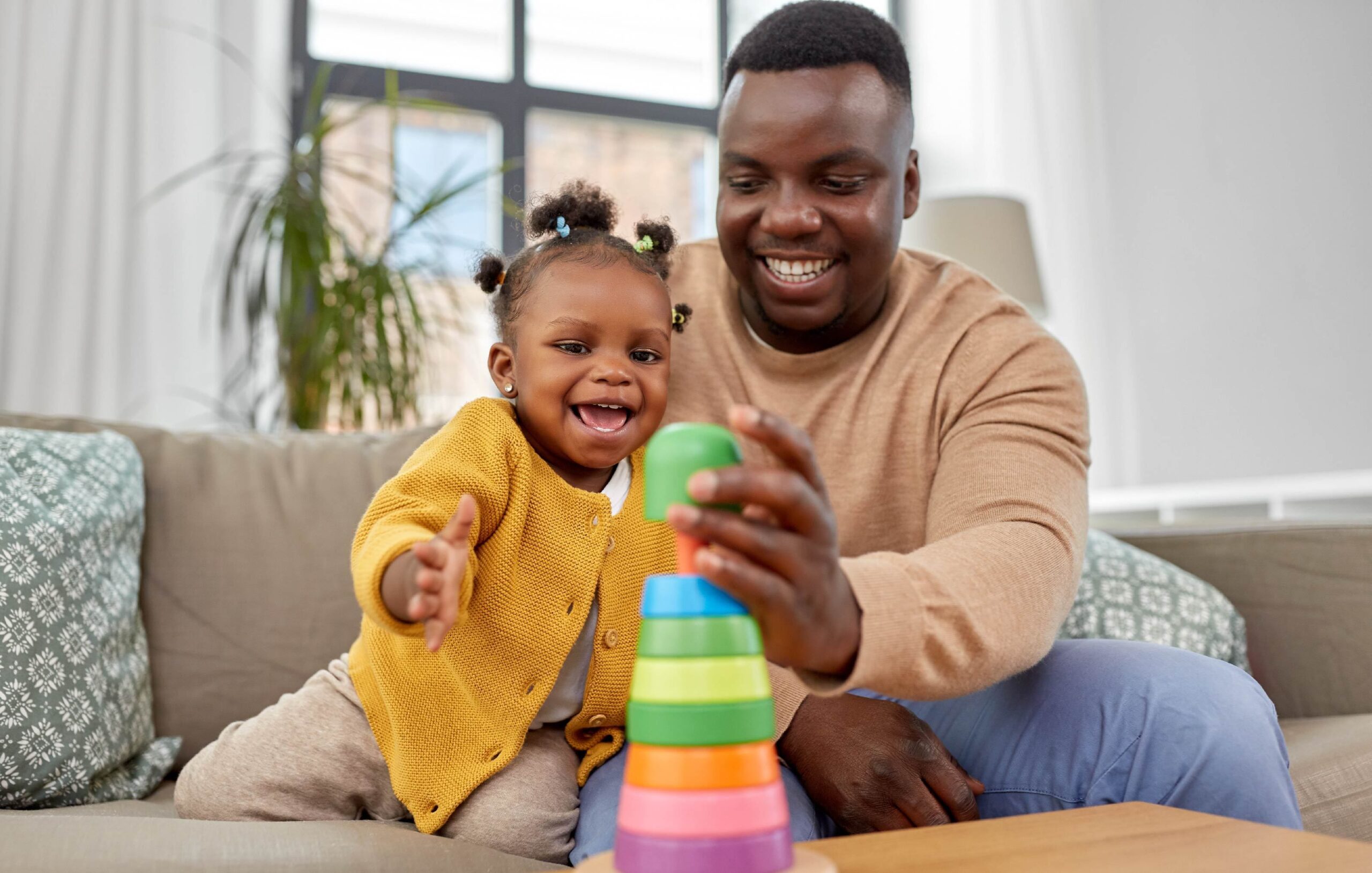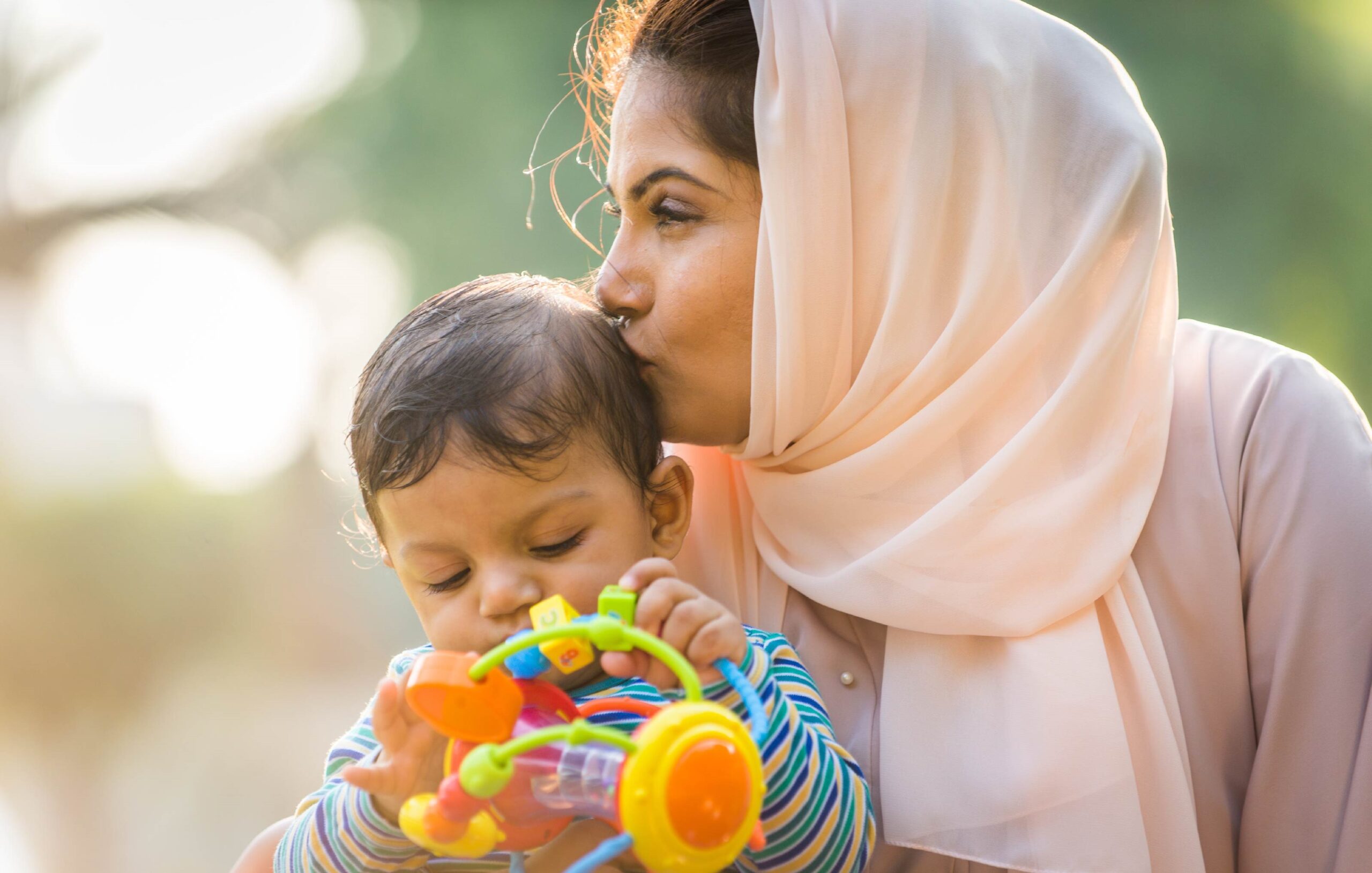
AEPS®-3 is the most effective and efficient system for collecting essential data on child development and using it across all your key tasks, from goal development to progress monitoring. Here’s a brief step-by-step guide to how the AEPS-3 system works.
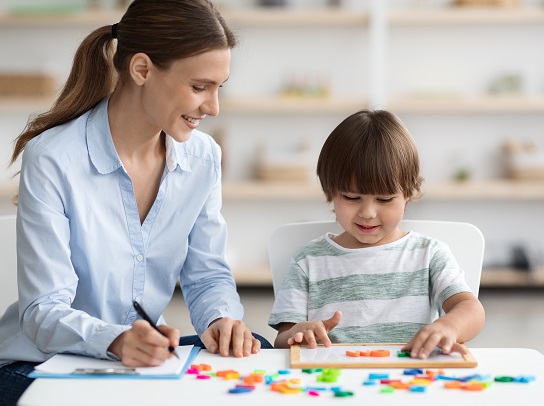
Collect Data
AEPS-3 starts with observation. As children and caregivers engage in everyday activities, you’ll use the AEPS-3 Test to assess children’s skills and abilities in 8 key areas of development—fine motor, gross motor, adaptive, social-emotional, social-communication, cognitive, literacy, and math. Family forms are also available to obtain information from family members about a child’s skills.
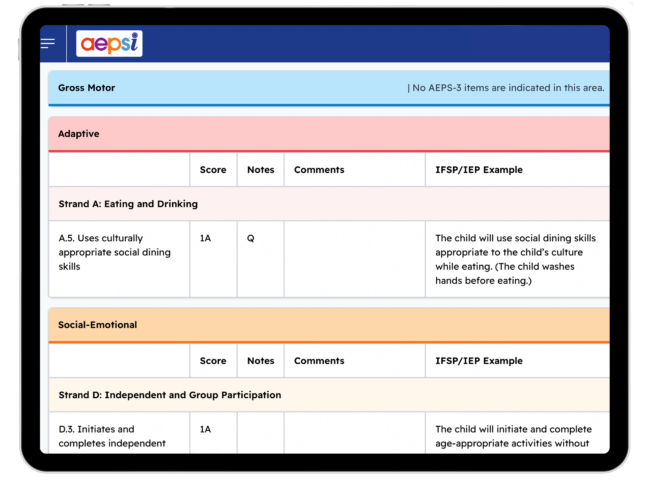
Develop Goals
Once you finish the assessment, you can use the information you gather to set goals and help children develop new skills. Using the AEPS-3 Test results and the input caregivers provide using the family forms, you can pinpoint what children can do, identify areas where they need support, and develop IFSP/IEP goals and outcomes they can work toward.
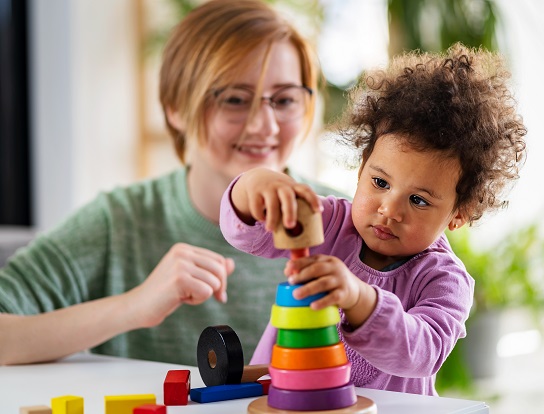
Plan Teaching
The AEPS-3 Curriculum uses evidence-based practices in a proven, child-directed approach that embeds children’s goals and objectives in routines and activities. Divided into three levels, the multi-tiered curriculum gives you hundreds of strategies to apply across 18 daily routines and activities. You’ll support every child’s development with differentiated instruction.
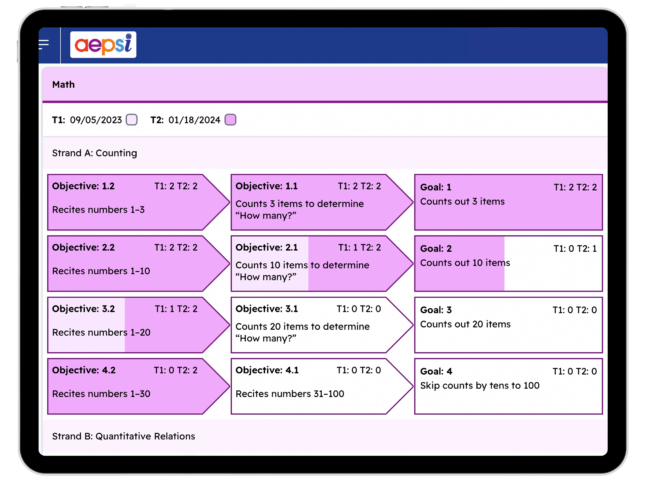
Monitor Progress
The AEPS-3 Test should be given to a child periodically during the year to accurately measure progress and fine-tune programming. Ongoing monitoring helps you evaluate the effectiveness of teaching and intervention and discover when goals and objectives have been reached so you can move on to new ones.
